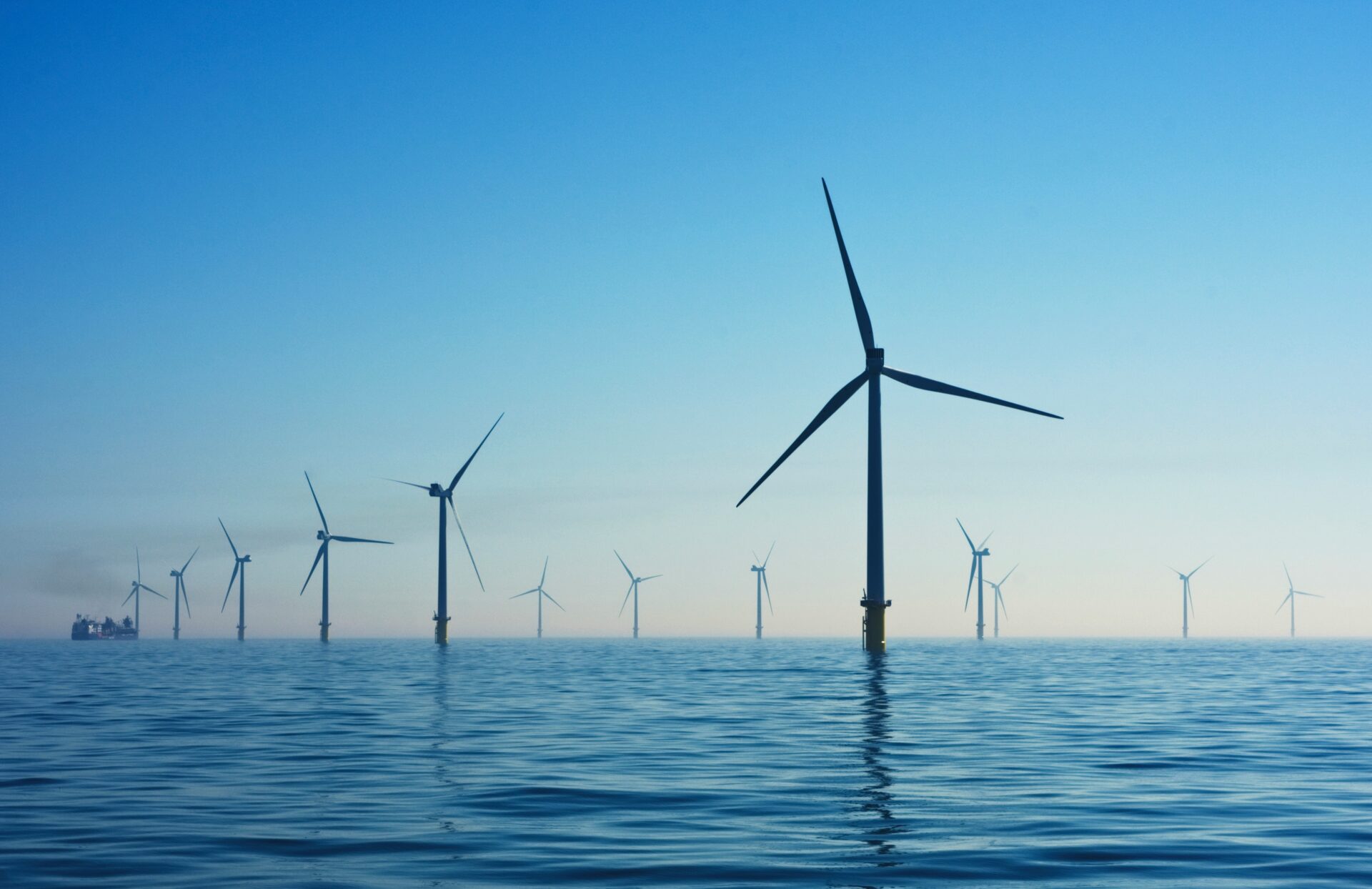In a recent roundtable, co-hosted with the Global Wind Energy Council (GWEC), Ocean Energy Pathway gathered together a number of key stakeholders in the energy transition across Japan, to discuss the opportunities and challenges in developing a robust offshore wind energy sector in the country.
Attendees included representatives from the Ministry of Economy, Trade and Industry (METI), Ministry of Land, Infrastructure, Transport and Tourism (MLIT) and the Ministry of Environment (MOE) as well as local governments and municipalities, embassies, offshore wind industries, academia and CSOs. This closed-door roundtable provided a forum for an open, solutions-oriented dialogue on the future of offshore wind in Japan. The roundtable aimed to not only foster collaboration between the Japanese government and the offshore wind industry, but also how best to capitalise on Japan’s recent changes to its Exclusive Economic Zone (EEZ) and accelerate the deployment of floating offshore wind around the country in a pragmatic manner. The meeting provided several key takeaways and provided a path towards future conversations and Japan’s decarbonisation.
The EEZ breakthrough reflects Japan’s ambition to become a world leader in floating offshore wind technology.
Key Takeaways
- Government targets and ambition towards offshore wind remain strong: Government policy and targets remain unchanged as they prepare regulatory frameworks towards offshore wind developments in the EEZ.
- Successful delivery of awarded projects in previous tenders is crucial: Delivering on already-awarded projects is essential to build market confidence and pave the way for future rounds for both bottom fixed and floating offshore wind.
- Industry seeks scale and predictability: Larger projects, predictable timelines, and consistent policy signals are essential to driving investment.
- Floating wind is the future: While the EEZ law unlocks exciting potential, a comprehensive approach to risk profiling and site allocation is essential from a regulatory standpoint to enable pragmatic project implementation.
- International partnerships are key: Both the government and industry see value in bringing in global experience to supplement local development.

Capitalising on EEZ changes
Japan’s offshore wind sector is entering a critical new phase, marked by accelerating policy reform and a clear long-term commitment to scaling up capacity. The government is actively revising key regulations—such as those governing base port usage—to increase flexibility and avoid bottlenecks. The EEZ breakthrough reflects Japan’s ambition to become a world leader in floating offshore wind technology. The use of Japan’s EEZ for vast floating offshore wind projects necessitates the development of new legal frameworks and the need to address challenges related to the increased distance from the coast and associated grid connections.
Government attendees reaffirmed their commitment to meeting Japan’s long-term targets – 10 GW of offshore wind by 2030 and 30–45 GW by 2040. To support this, the government and industry representatives acknowledged the lack of large-scale offshore energy development expertise and both confirmed their willingness to work with global partners and invest in international R&D in the floating offshore wind sector and knowledge sharing.
Industry backing with the right support
From an industry standpoint, participants from across the value chains, including developers and supply chain companies emphasised the need for a supportive and realistic environment to help achieve the goals. Strong calls for a new framework were put forward to ensure project viability and affordability. While learnings from more mature markets like the UK and Denmark were encouraged, participants also acknowledged the need for local context when developing new policies and regulations.
For industry participants the cost challenges were apparent. While other countries have achieved low prices by developing their offshore markets, it’s unrealistic for Japanese companies to expect to offer the same low costs when starting from a much more nascent stage. To support competitiveness, participants called for clear policies and predictability, highlighting the need to grow the domestic supply chain – some are already looking to the Asia-Pacific region for support.
The roundtable provided an opportunity for government and industry stakeholders to come together and discuss the challenges and opportunities ahead of Japan. The new EEZ rules are a significant step towards unlocking the country’s floating offshore wind potential but it’s clear that policy challenges remain before Japan can become a world leader in this pivotal technology. Ongoing conversations with wider stakeholder groups, such as local governments, municipalities, coastal communities, the fishing industry and Japanese civil society organisations are a must to ensure the success of offshore wind in the country and Japan’s ability to achieve its energy and decarbonisation goals.




